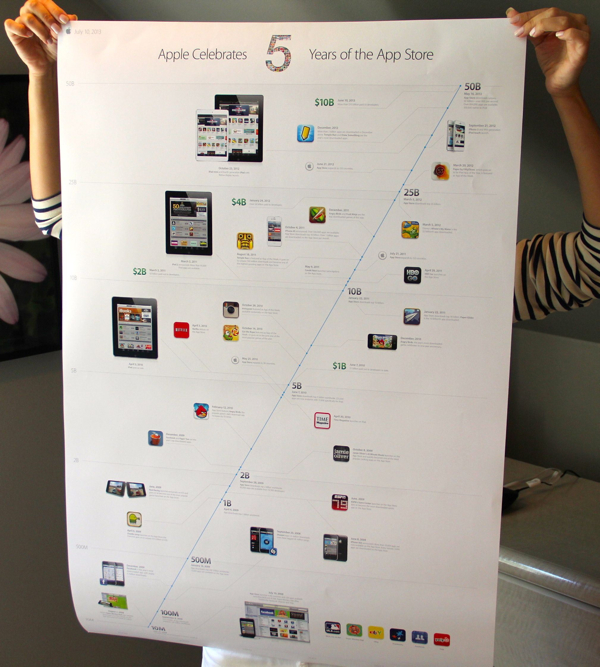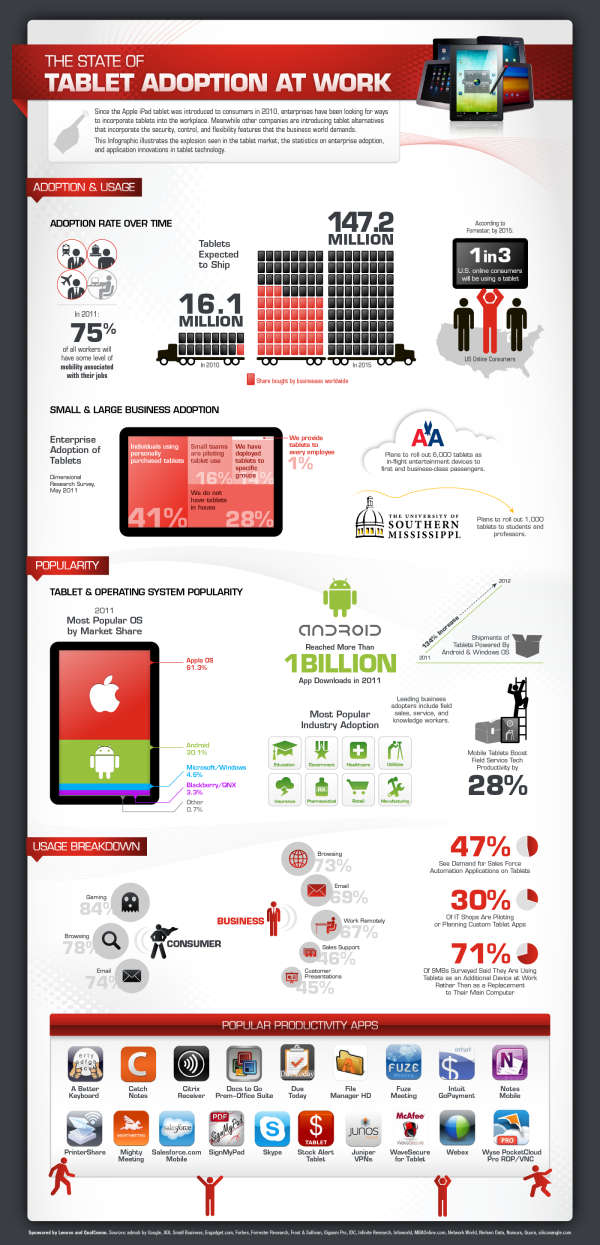
Who is the mastermind behind your favorite android application? Do you wonder what kind of music they like? The Following the White Rabbit infographic from Startapp.com gives us the low down on what kinds of people are behind Android applications based on a survey they did in March 2012.
Have you ever wondered what kind of people make Android applications? Well wonder no more! We at StartApp decided to investigate this in depth by creating a special Android developer survey which we sent out to all of our Android developers who kindly participated in the survey! Therefore, we are now very proud to present our first infographic that explores everything from the companies Android developers work for to the music they listen to and everything in between. Let us know what you think!
This is a cool infographic that does a good job with the visualizations. With survey data, it’s a challenge to visualize the results correctly. Some survey answers add up to 100%, but some questions are asked where the respondent can “check all that apply” so these answers are separate. The pie charts in the coffee cups, the doughnut charts and the stacked bar are examples of survey questions that add up to 100% (except the stacked bar adds up to 101% due to rounding, so they should have displayed the tens decimal place).
“What App Markets do you use?” and “What OS’s Do You Develop Apps for?” are some of the multiple answer questions, so the answers are displayed as separate bars or doughnut charts with the appropriate logos. A couple results are displayed with the wrong type of graphic. “How Many Apps Have You Published so far?” and “What Would Be Your Preferred Pastime” should both be shown adding up to 100%.
The overall design is a bit crowded with a lot of visual noise, but the statistics are easy to understand. The coffee-brown color and the overlapping visualizations give the visual impression of working late nights and juggling many details, just like an app coder does.
At the bottom, there should be a copyright statement and the URL to find the original infographic landing page.
Found on Infographic Journal









 Randy
Randy










